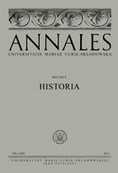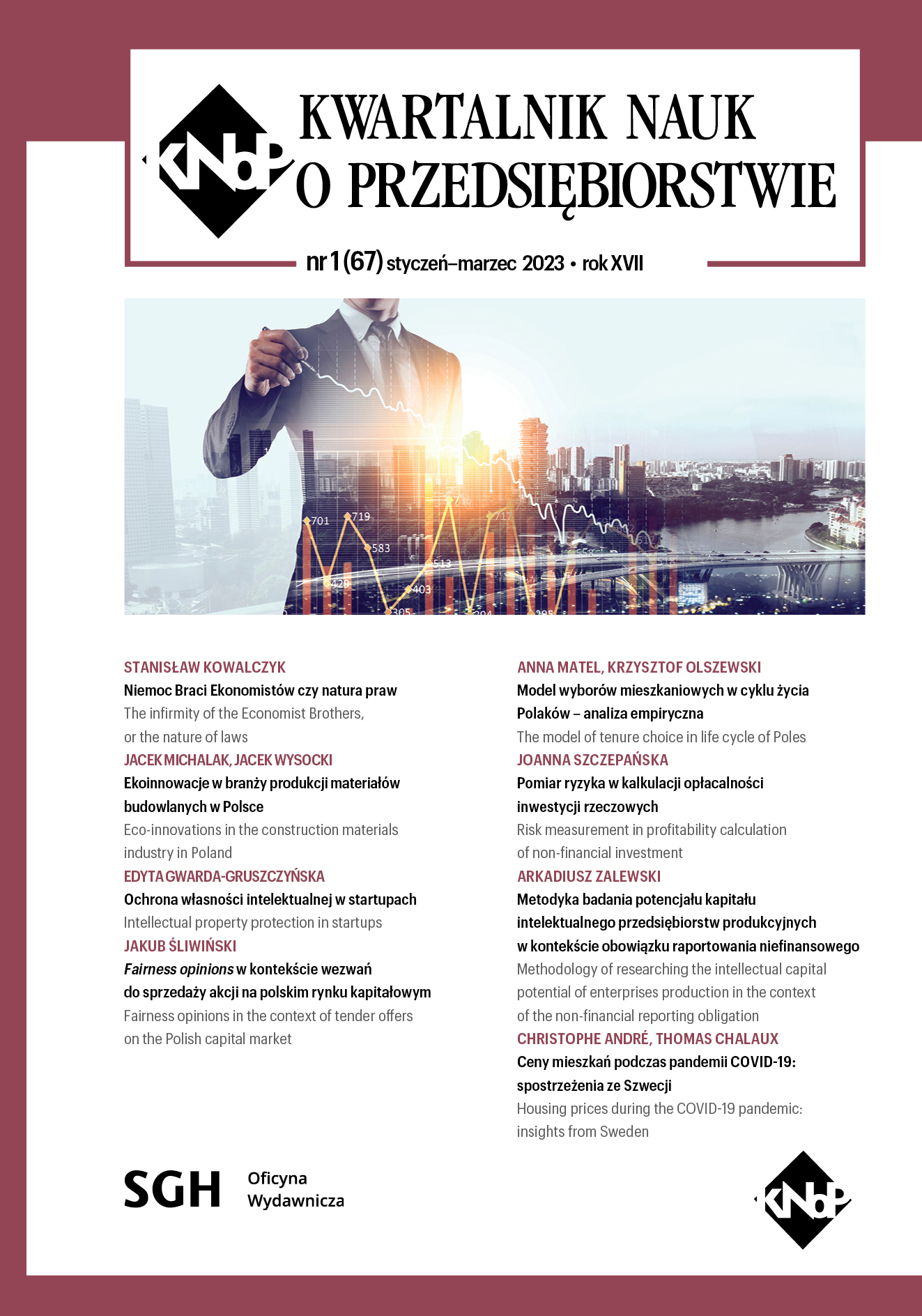Examination of the scalp and hair and evaluation of home care in cases of trichological problems
Author(s): Sylwia Huzior,Angelika Wójcik,Natalia Czerniak,Bożena Bogusz,Faustyna Kuros / Language(s): English
/ Issue: 2/2023
Keywords: trichology; scalp care; mycology
Background: Diseases of the scalp and hair adversely affect the quality of life of those affected. Proper diag�nosis and therapy require a holistic assessment and the cooperation of several specialists.Aim of the study: The purpose of this study was to evaluate the effectiveness of home scalp care treatments to determine the prevalent diseases among subjects, and to find out the opinions of the study participants on the diagnostic methods mentioned.Material and methods: The survey consisted of four stages. In Stage I, a diagnostic survey was conduct�ed, and respondents were asked to complete a proprietary questionnaire. In Stage II, a routine diagnostic exam nation was performed using the Courage+Khazaka MPA® device. Stage III included an examination with a trichologist using a HD Connected ® Micro Camera. Stage IV included a routine mycological examina�tion of the scalp. After 14 weeks of using the recommended care, the examination was performed again using the Courage+Khazaka MPA® camera.Results: Respondents participating in Phase I of this study, for the most part, have never used a trichologist, most often washed their scalp and hair daily or every other day, and mostly did not use scrubs. The problems indicated by respondents were hair loss and greasy hair. Test results using the Courage+Khazaka® device indi�cated deviations in skin moisture, seborrhea, redness, and pH. Mycological diagnosis of scrapings confirmed the presence of fungal cells in two cases. Among the subjects, one case of telogen effluvium was found.Conclusions: Most of those surveyed have never been to a trichologist and have no knowledge of how to properly care for the scalp or what care to use. Home care has little effect on the condition of the scalp. The micro camera examination and the results of the scrapings indicate the presence of telogen effluvium, fungal scalp inflammation, and scalp seborrhea among the respondents.
More...




